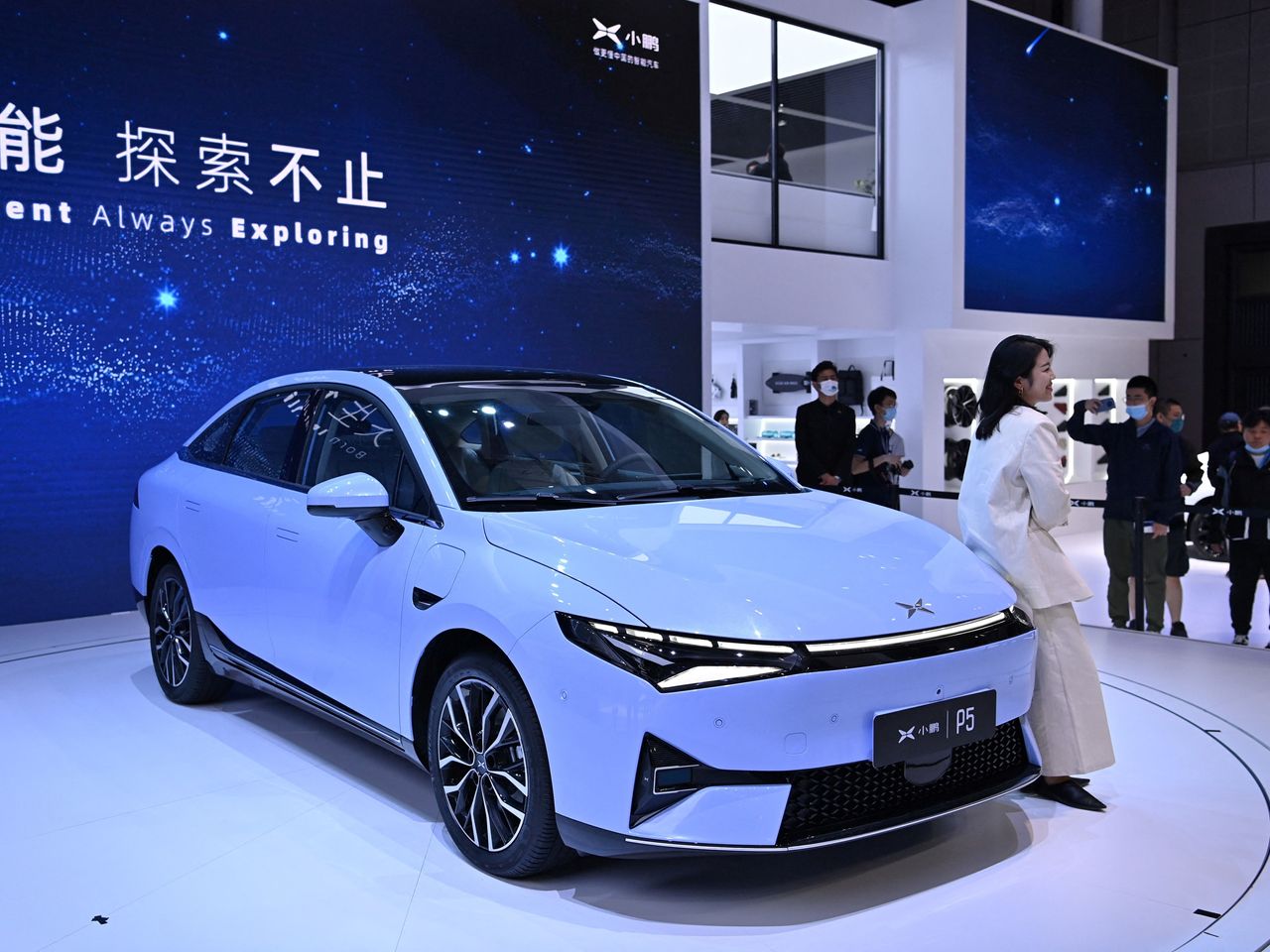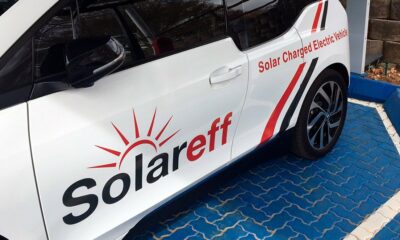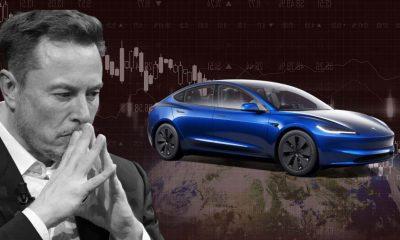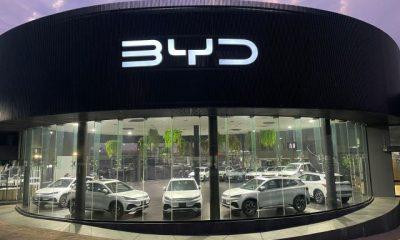News
BYD’s “God’s Eye” and the Chinese Car Tech Revolution: Why Even Ford’s CEO Is Worried

From self-parking Seagulls to jumping hypercars, China’s auto industry is proving it’s not just catching up, it’s leading. And South Africa should take note.
“If we lose this, we do not have a future at Ford.”
That wasn’t a tech journalist talking. That was Ford CEO Jim Farley, laying bare a chilling truth at the Aspen Ideas Festival: China has leapfrogged the West in car technology, especially when it comes to autonomous driving.
For years, the West chuckled at Chinese cars. Now? They’re watching in stunned silence. And South Africa, where Chinese brands are growing rapidly, may be on the cusp of something massive, if we’re ready.
BYD’s Bold Leap: True Level 4 Autonomy
Forget Elon Musk’s repeated promises of “Full Self-Driving next year.” BYD, China’s electric car titan, just delivered a system that actually works—Level 4 autonomy that can park itself without a driver inside or nearby. It’s a global first outside limited tests in Germany.
Their “God’s Eye” system doesn’t need fancy parking lots outfitted with sensors. It’s vehicle-based, works in everyday conditions, and can map, detect, and park in tight spaces, within 0.8 inches of other cars. And if anything goes wrong, BYD will pay for the damage, no insurance claim needed.
The Sensors Behind the Magic
The God’s Eye system is a layered marvel. The entry-level “C” version, available on cars costing as little as R171,000 (like the BYD Seagull), already packs:
-
12 cameras
-
5 millimeter-wave radars
-
12 ultrasonic sensors
Move up to God’s Eye A or B and you get lidar sensors, giving the car the depth perception needed for true autonomy. This is far beyond Tesla’s camera-only approach, which many experts now consider dangerously flawed.
The premium models, like the BYD Yangwang U9 hypercar, don’t just avoid potholes, they can literally jump over them. South Africans who have dodged Joburg’s cratered roads will know just how revolutionary that is.
Why This Should Matter to South Africa
With Chinese cars growing in popularity locally and with plans underway to manufacture Chinese vehicles in South Africa, this tech could be coming to our roads, our factories, and our cities sooner than we think.
Yet there’s a major opportunity being missed: local R&D. While BYD boasts 5,000 AI engineers back home, we’re not yet building the same capability here. But we could. Imagine a future where South Africa doesn’t just assemble Chinese cars, we help invent them.
Western Brands Struggling to Keep Up
Compare this to Mercedes-Benz, the only other automaker with something close to Level 4. But it only works in one parking garage in Stuttgart Airport, with specialised infrastructure and limited user access. It’s more science fair than scalable solution.
BMW’s “Parking Assistant Professional”? Helpful, but still requires driver supervision. Tesla? Still running on promises and increasingly, lawsuits.
Why This Is Bigger Than Parking
This is not about gimmicks. It’s about who controls the future of mobility. China’s carmakers are pouring billions into AI, automation, and precision engineering, not to copy the West—but to overtake it.
South Africa has already shown interest in green transport and smart mobility. But this moment requires more than policy. It needs vision, investment, and innovation hubs that bring tech development into the local fold.
As BYD’s system scales, now active in over 1 million cars across China—global automakers are being forced to confront an uncomfortable truth: they may already be too late.
So while Ford’s CEO sounds the alarm, the real question is: Will South Africa listen?
If we’re serious about being part of the future of mobility, we can’t just watch this revolution unfold, we need to drive it.
More insights on this in the next issue of FastCompany SA. Stay tuned.
{Source: IOL}
Follow Joburg ETC on Facebook, Twitter , TikTok and Instagram
For more News in Johannesburg, visit joburgetc.com





















